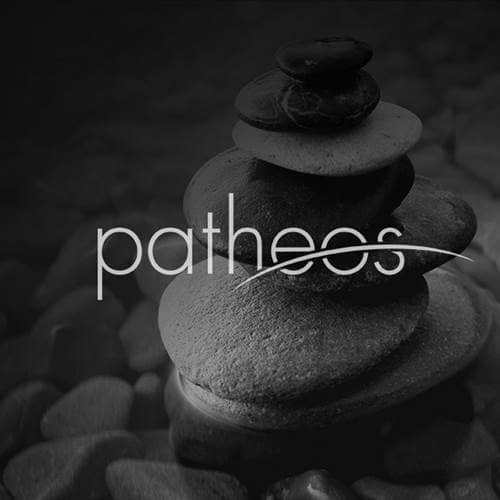- Trending:
- Pope Leo Xiv
- |
- Israel
- |
- Trump
- |
- Social Justice
- |
- Peace
- |
- Love

RELIGION LIBRARY
Sikhism
Gender and Sexuality
Written by: Rahuldeep Singh Gill
Unlike many of his predecessors and contemporaries (religiously minded poet-saints who are renowned for speaking on behalf of the lower castes), Guru Nanak (1469-1539) also spoke up on behalf of women. Calling women "the vessel" or "repository"—perhaps to speak for the expectation that women were carriers of culture and honor—Guru Nanak delineates men's dependence on women:
We are born from her, formed in her, and ask her to wed,
We befriend her, and she shapes the road ahead,
If she dies, we seek her again, we are bound to her!
So why should we malign her who births kings? (GG 473)
Although the above composition is his most famous intervention on behalf of women, Guru Nanak also shows concern for the plight of women who have to suffer on account of the greed of men in compositions bemoaning the violent conquests of the Mughal invaders. (For example, see GG 417-8.)
Writing from a feminist perspective, Sikh scholar Dr. Nikky-Guninder Kaur Singh has made the argument that the Sikh founders' use of the feminine voice in their poems is indicative of a larger project associating with the plight of women, and equalizing all humanity to one gender that is distinct from the divine. Guru Nanak's stance on gender laid the groundwork for his successors, like the third Guru, Guru Amardas, who spoke out against the practice of widow-burning, or sati:
They are forced to burn with their husbands
If we knew the Husband, we would not cause such pain. (GG 787)
And
Call them "Sati" too, who live modestly and contently
They serve their Husband by rising daily to remember Him. (GG 787)
Clear advocacy for justice shows up in later tradition as well. For example, early Khalsa codes of conduct, from the late 1600s, require Sikhs to break ties with those who commit the sin of female infanticide. Therefore, in Sikh doctrines and ethics, women and men are equal before Kartar. Doctrinally, women ought to have access to every level of privilege, leadership, and responsibility that men enjoy.
Like so many of the world's great religions, Sikhism emerged out of a patriarchal, male-dominated social context. But the vast majority of Sikhs see the ideals of their faith as socially liberating for women. Therefore, the mainstream Sikh stance is that doctrinal equality will overcome gender inequalities endemic to Punjabi society. Sikh women all over the globe are demanding the real-life enactment of the equality that their Gurus promised them as equal members of the Sikh community.
The religion's critics, and moral Sikhs, would acknowledge that Sikh society has a long way to go to match Guru Nanak's intentions. One egregious example of where progress must be made is on the issue of a preference for sons over daughters. Despite their Gurus' repeated condemnation of the act, and proscription against even associating with daughter-killers, female infanticide is a rampant problem with potentially disastrous demographic implications down the road.
However, as the Sikh people increasingly participate in the global realities of the day, it is nearly impossible to assume that they will retain their ties to feudal, patriarchal culture for very long. They will certainly have to find a way to blend the liberation of the feminine gender so clearly expressed in their Guru's teachings with need for robust gender equity. Sikh women and men will continue to find their Gurus' teachings to be a source of inspiration for working toward that equity.
This is even more so the case because Sikhs value family life and obligations as part of their religious path. This path is centered around committed, monogamous relationships. For the 17th-century Sikh writer Bhai Gurdas, grahasti jivan ("the life of a householder") is the only way to attain liberation. Renunciation of that life, as was popular in several medieval Hindu sects, went against the grain of pro-family Sikh thought. The Sikh marriage rite recapitulates the intended spiritual union of humans and the divine in terms of the bride-and-groom relationship. Issues of separation and divorce are left to families to decide.
In Sikh tradition, sex is to be constrained to the context of monogamous relationships. Family life is part and parcel of the Sikh commitment to greater society. Sikhs strive to attain divine consciousness not away from society, but in the midst of it. Sikh worship is inherently a family-centered worship, with those of all ages and both genders participating.
Study Questions:
1. On what grounds did Guru Nanak speak up on behalf of women?
2. What strong stance did Khalsa codes of conduct take on gender issues?
3. How is the Sikh idea of family related to notions of sex?










